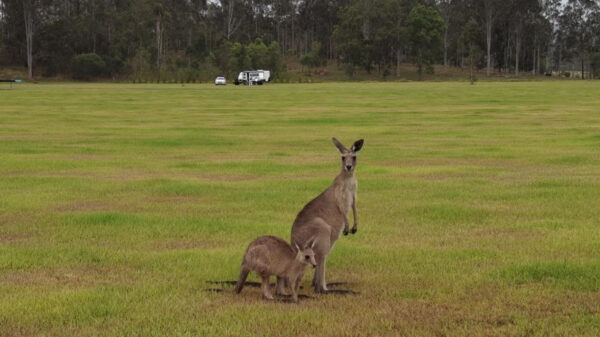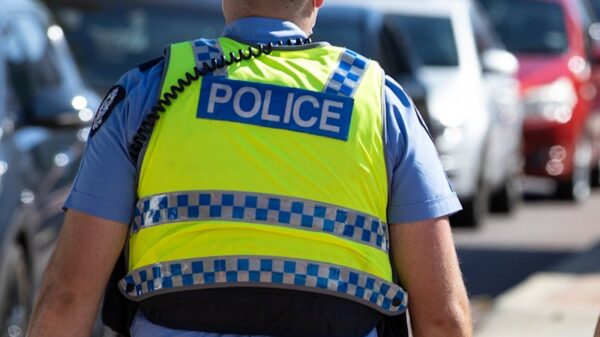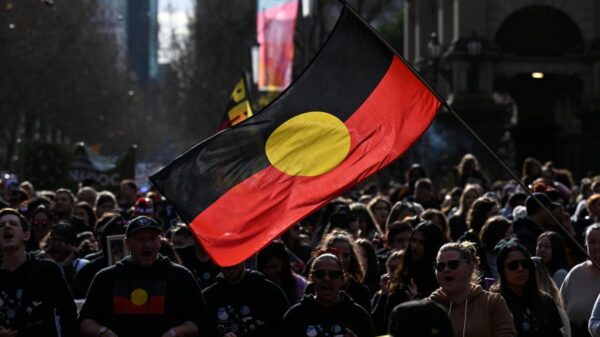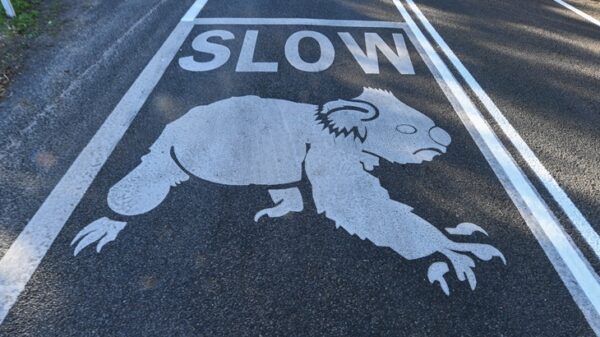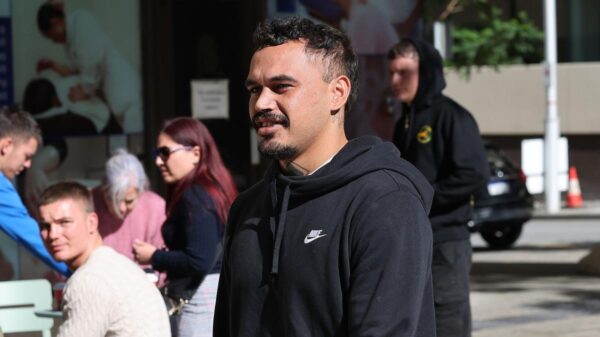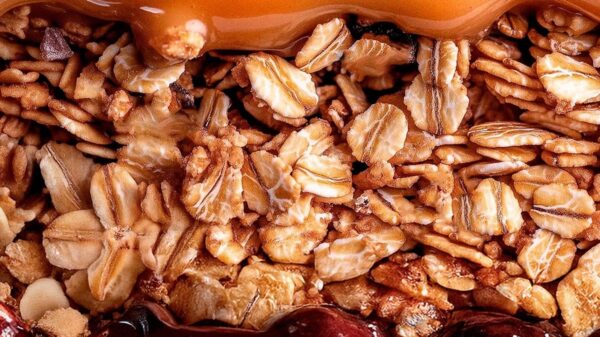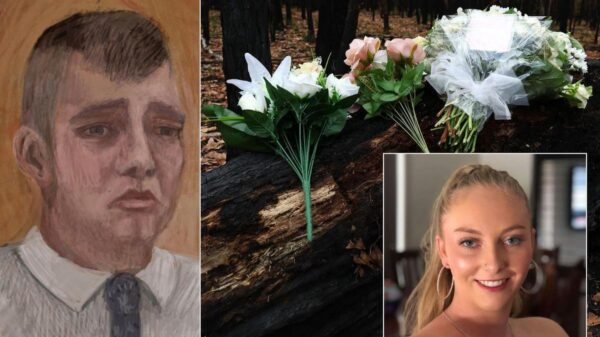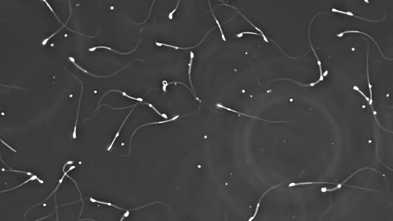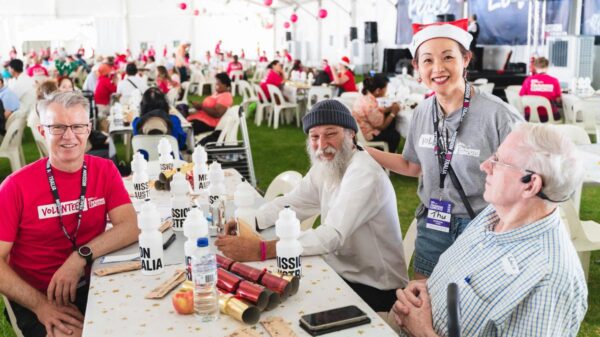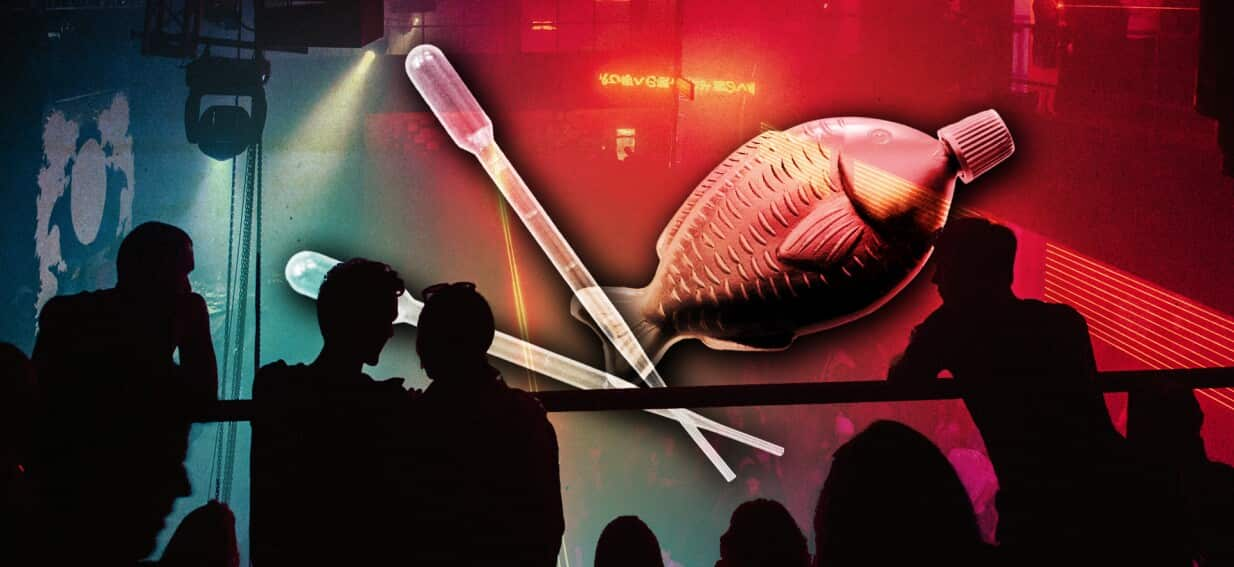URGENT UPDATE: The recreational use of Gamma hydroxybutyrate, commonly known as GHB, is surging among young women in Australia, raising alarm about serious health risks. Recent data reveals that the number of individuals aged 14 and over who reported GHB use doubled from 0.1% in 2019 to 0.2% in 2022-23, highlighting a troubling trend that calls for immediate attention.
This spike in GHB usage is particularly concerning for young women, as new research indicates a growing number of hospitalizations linked to GHB overdoses. From 2015 to 2024, emergency department visits for GHB-related incidents rose dramatically, tripling from 24.9 per 100,000 to 101 per 100,000. Alarmingly, women aged 16 to 24 now account for 40% of these hospitalizations, up from just 30% in 2015-17.
Mel, a former party-goer, recalls her experiences with GHB during the early 2000s. Despite her cautious approach—using precise dosages and avoiding alcohol—she witnessed frequent overdoses during her social outings. “I remember hearing about guys putting it in their beer and then people would blow out because they have no idea how much they’re having,” she said. The term ‘blow-out’ refers to a GHB overdose, which can result in severe consequences such as loss of consciousness, respiratory failure, and seizures.
Reports from the Australian Federal Police (AFP) confirm significant border seizures of GHB and its precursor, 1,4-Butanediol. In just the first four months of this year, authorities seized over 3.8 tonnes of this chemical, underlining the increasing availability of GHB on the illicit market. AFP acting assistant commissioner Paula Hudson stated, “Criminal networks are creating a demand and appetite for this illicit drug.”
The rising popularity of GHB, often referred to as ‘G’, ‘juice’, or ‘fantasy’, is partly attributed to its relatively low cost and heightened media attention. However, experts warn that the drug’s euphoric effects can quickly turn dangerous, with overdoses becoming more common. Krista Siefried, clinical research lead at the National Centre for Clinical Research on Emerging Drugs, has noted a concerning trend of young women presenting with GHB withdrawal symptoms at St Vincent’s Hospital in Sydney.
While GHB’s association with drink spiking and sexual assault remains a significant issue, experts emphasize that alcohol is far more commonly linked to such criminal behaviors. “It’s important to maintain perspective about GHB and spiking,” Siefried stated, stressing the need for broader education on harm reduction strategies.
The grim statistics highlight the urgent need for awareness and education regarding GHB use. Between 2000 and 2015, there were 51 GHB-related deaths reported in Australia. However, in just the subsequent seven years from 2016 to 2023, that number skyrocketed to 166 deaths. This alarming increase underscores the risks associated with recreational GHB use.
For those considering GHB, Siefried advises a cautious approach: “Go low and go slow,” she recommends. Users should take small doses, avoid mixing with other substances, and ensure they are in a safe environment. If someone exhibits shallow breathing or other concerning symptoms, calling emergency services is crucial.
As this situation develops, the need for public health initiatives and educational programs becomes increasingly vital. Young women and communities new to GHB must be informed about the potential dangers associated with the drug.
For readers grappling with substance use issues, resources are available. The National Alcohol and Other Drug Hotline is accessible at 1800 250 015 for free, confidential support, 24/7.
Stay tuned for more updates on this urgent public health issue as it unfolds.



